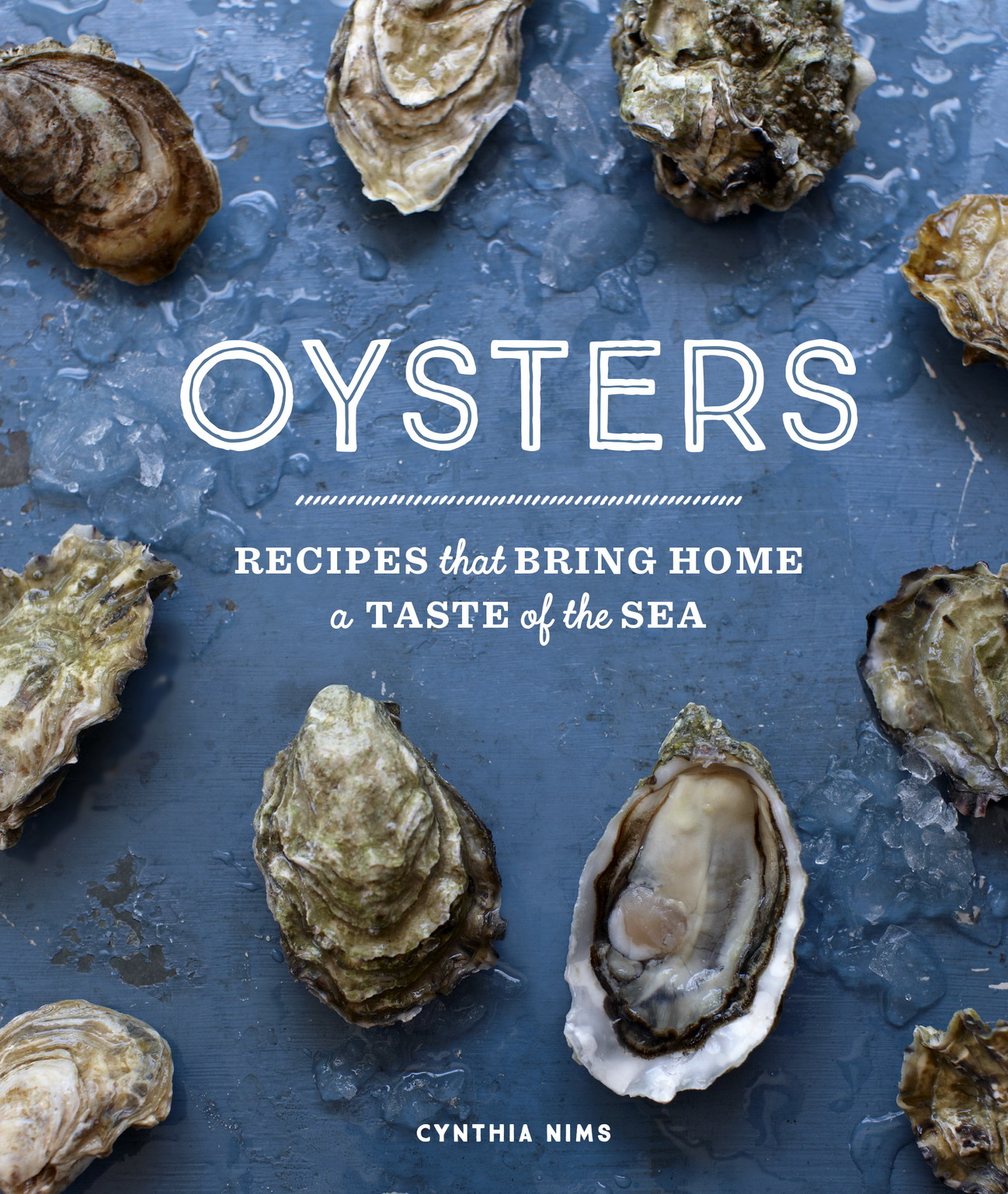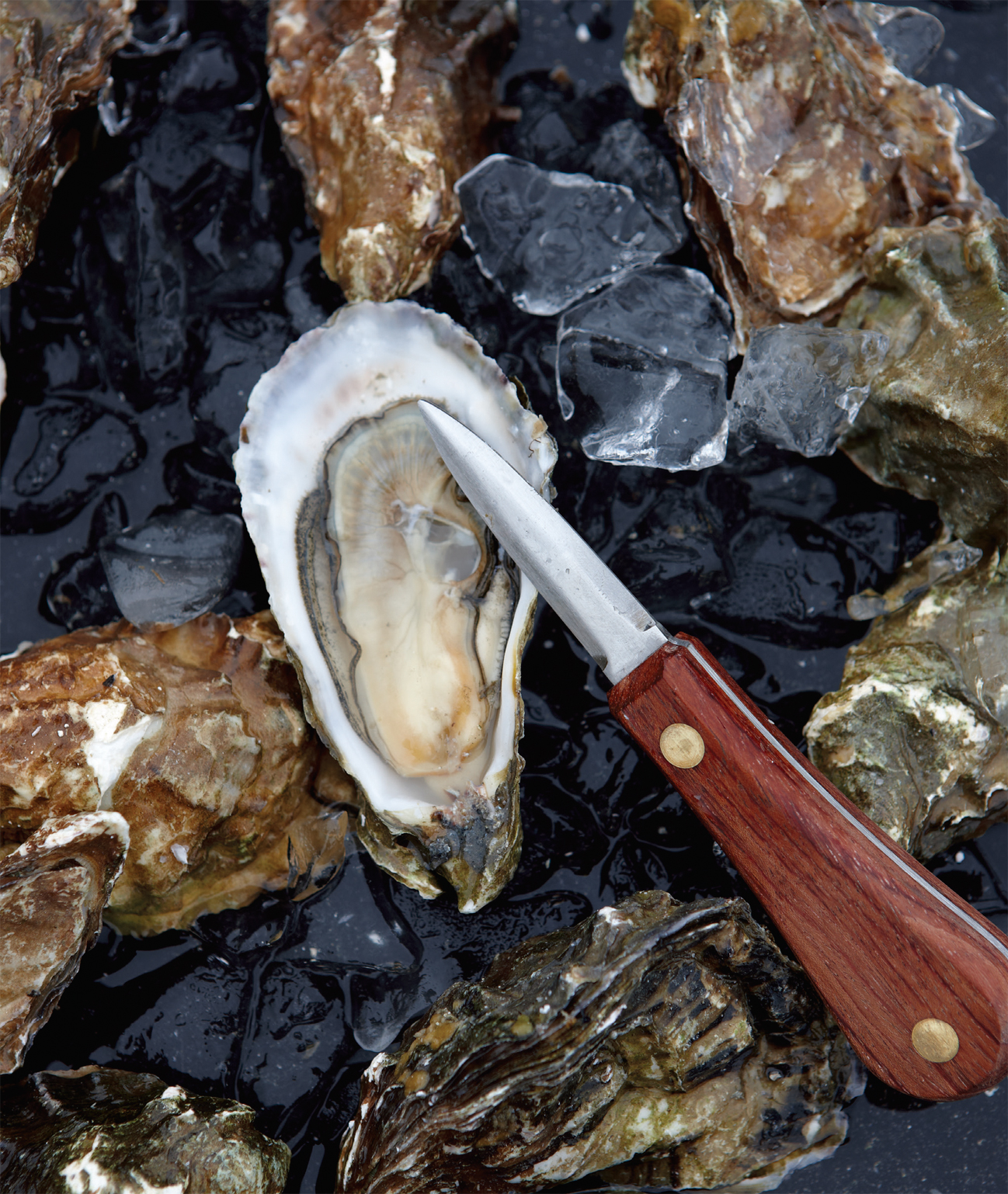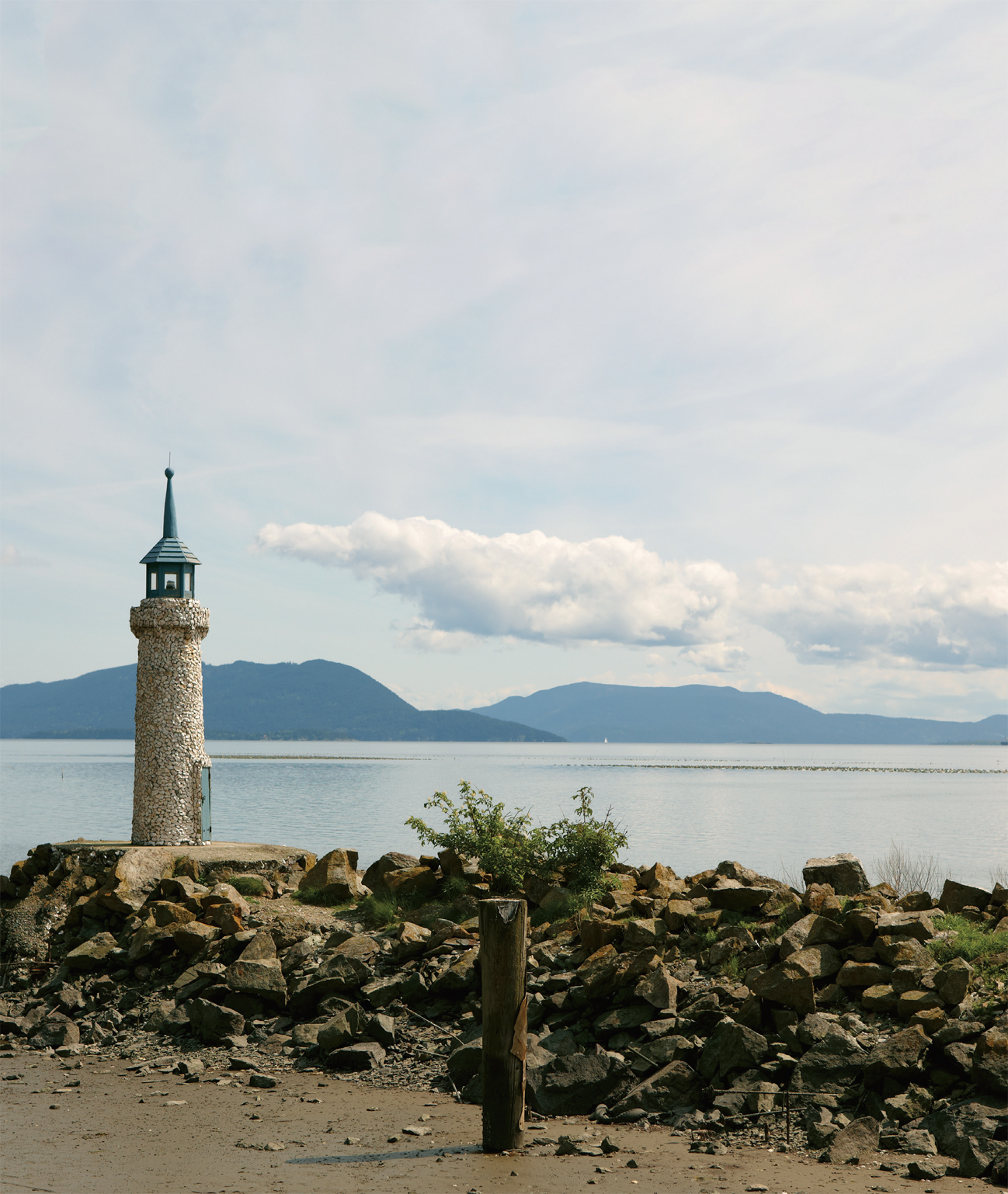Henkens Jim - Oysters : recipes that bring home a taste the sea
Here you can read online Henkens Jim - Oysters : recipes that bring home a taste the sea full text of the book (entire story) in english for free. Download pdf and epub, get meaning, cover and reviews about this ebook. year: 2016, publisher: Sasquatch Books, genre: Home and family. Description of the work, (preface) as well as reviews are available. Best literature library LitArk.com created for fans of good reading and offers a wide selection of genres:
Romance novel
Science fiction
Adventure
Detective
Science
History
Home and family
Prose
Art
Politics
Computer
Non-fiction
Religion
Business
Children
Humor
Choose a favorite category and find really read worthwhile books. Enjoy immersion in the world of imagination, feel the emotions of the characters or learn something new for yourself, make an fascinating discovery.

- Book:Oysters : recipes that bring home a taste the sea
- Author:
- Publisher:Sasquatch Books
- Genre:
- Year:2016
- Rating:3 / 5
- Favourites:Add to favourites
- Your mark:
- 60
- 1
- 2
- 3
- 4
- 5
Oysters : recipes that bring home a taste the sea: summary, description and annotation
We offer to read an annotation, description, summary or preface (depends on what the author of the book "Oysters : recipes that bring home a taste the sea" wrote himself). If you haven't found the necessary information about the book — write in the comments, we will try to find it.
Henkens Jim: author's other books
Who wrote Oysters : recipes that bring home a taste the sea? Find out the surname, the name of the author of the book and a list of all author's works by series.
Oysters : recipes that bring home a taste the sea — read online for free the complete book (whole text) full work
Below is the text of the book, divided by pages. System saving the place of the last page read, allows you to conveniently read the book "Oysters : recipes that bring home a taste the sea" online for free, without having to search again every time where you left off. Put a bookmark, and you can go to the page where you finished reading at any time.
Font size:
Interval:
Bookmark:



THIS BOOK IS DEDICATED to all those-friends and family, chefs and farmers, writers and advocateswho keep me inspired in this wonderful world of food

Copyright 2016 by
Cynthia Nims
All rights reserved. No portion of this book may be reproduced or utilized in any form, or by any electronic, mechanical, or other means, without the prior written permission of the publisher.
Published by Sasquatch Books
Editor: Gary Luke
Production editor: Em Gale
Photographs: Jim Henkens
Design: Joyce Hwang
Copyeditor: Michelle
Hope Anderson
Library of Congress Cataloging-in-Publication Data is available.
eBook ISBN: 978-1-63217-038-5
Trade Paperback ISBN: 978-1-63217-037-8
Sasquatch Books
1904 Third Avenue, Suite 710
Seattle, WA 98101
(206) 467-4300
www.sasquatchbooks.com
v3.1



They inspire hip oyster bars, backyard grilling feasts, and elegant celebration meals. They evoke songs, poems, and fashion shows. They bring out our competitive streak to see who can shuck and slurp the most. They prompt pilgrimages to their home territory, which might include late-night forays to moonlit bays seeking the best of the season at its pinnacle of freshness. They satisfy our hunger, fuel our romance, and feed our souls. Ive written quite a lot about Northwest foods over the years, and no other food seems to strike the kind of food-culture chord that oysters do.
Oyster culture is a natural part of our lives all along the Pacific Coast of the United States and Canada. Both culture in terms of the customs and values of us who live here and the practical business of raising oysters in this prolific growing environment. For some its a particularly rich dose of both types of culture, as many oyster-growing operations are now run by third, fourth, even fifth generations of family members keeping their slice of local oyster heritage alive.
The sheer volume of production reflects the geography of this coast, with its countless bays, sounds, inlets, channels, and coves that provide ideal habitats for oysters. And the quality of those oysters is a direct product of the water they live in, nutrient rich and managed in ways to help preserve healthy seafood populations. The diversity of flavors that Pacific Coast oysters have echoes variants in the types of phytoplankton, zooplankton, and other microorganisms that thrive in the regions water, not to mention variations in water depth, temperature, tidal activity, and other environmental attributes.
This conglomeration of natural influences on the oysters character has come to be known as meroir, the seaworthy version of terroir. We on the Pacific Coast are lucky to live in a place where the meroir produces superlative oysters that folks just cant seem to get enough of.
Oysters have a capacity to transport us, right there in our kitchen or on our oyster-bar stool, more than other foods. When we hold the creature in its pure form, it only takes a short leap of the imagination to put us on the shore where it was harvested. The fact that the shell may carry along some evidence of its marine cohorts makes it seem all the more vivid: barnacles, a tuft of seaweed, maybe a minuscule oyster or mussel. And that liquor that surrounds the oyster in its shellit seems pure essence of the sea, a taste of place like none other.
I realize that not everyone is mad about oysters, nor necessarily feels transported when consuming them. But I will say that the mere mention of this books topic launched more interesting conversations with both friends and strangers than I recall from any other project.
There was my weekend on Washingtons Long Beach Peninsula, at the historic Shelburne Inn. Ive known the owners, David Campiche and Laurie Anderson, for many years, originally in the context of doing wild mushroom research. On this recent early winter visit, Id been to see Goose Point and Ekone oyster operations on Willapa Bay en route to teaching a wild mushroom class at the inn. As David put down a plate of his Hangtown fry (eggs cooked frittata style with oysters and bacon; he adds spinach and a dash of Parmesan) the next morning, he talked about growing up in that area. And how his Ilwaco High School football team was hard to beat because some of them worked at collecting oysters on the Willapa Bay mud flats, building up extraordinarily strong thigh muscles with each bushel they filled.
Another time I had just flown into San Francisco International Airport and was picking up my rental car. The fellow at the counter, being friendly while taking care of the paperwork, asked where I was headed. Up to Tomales Bay, I said, to have some oysters at Hog Island. You know how I like to cook oysters? he offered, without any prompting from me. Just put them right on the grill and cook them until they pop open. Some Tabasco sauce. Thats it. I nodded in total agreement. Oh, and Hennessy Cognac, thats what I drink with those oysters. Hmm, now that was a pairing idea I hadnt considered before.
The road trips I took while researching this book amplified my realization that oysters are the source of hallmark Pacific Coast experiences. Oyster lovers can visit oyster farms, buy from the source, slurp oysters on the beach, enjoy a picnic within view of the oyster beds, and attend myriad oyster-centric events. There are many dynamic traditions built around oysters that exemplify the regions oyster engagement.
I cut my journalistic teeth on the subject of seafood as an editor at Simply Seafood magazine, published by a Seattle company founded by former fishermen who put out a couple of publications for the seafood industry as well. That magazine position was my first job back home after my culinary education in France. It was there that I wrote a 1997 article about the then renaissance of oyster bars. And it was thanks to that job that I found myself one chilly, dank late-fall morning on the doorstep of Julia Childs home in Cambridge, Massachusetts.
Its not as though she didnt know I was coming and wouldnt have let me in otherwise. But showing up with a cooler containing Olympia oysters and some first-of-the-season Dungeness crab in hand seemed to have swiftened my entry. Within moments I was in her warm kitchen and she shucked open an oyster, slurping it down with glee. That was just one of many occasions that have made clear to me how broad and devoted the fan base is for oysters from the Pacific Coast.
When it comes to exploring oysters, there are interesting parallels drawn to the world of wine. As we sip different wines from different places, sometimes side by side, it helps us better understand the range of options available as we form opinions about what suits our personal palate best. The same is true of sampling oysters, particularly when various types can be tasted at the same time for a clear comparison. This is the best way to appreciate how much diversity of flavor there is to be had with oysters. Soon you learn that not all oysters are the same, which invites only more delicious exploration.
Font size:
Interval:
Bookmark:
Similar books «Oysters : recipes that bring home a taste the sea»
Look at similar books to Oysters : recipes that bring home a taste the sea. We have selected literature similar in name and meaning in the hope of providing readers with more options to find new, interesting, not yet read works.
Discussion, reviews of the book Oysters : recipes that bring home a taste the sea and just readers' own opinions. Leave your comments, write what you think about the work, its meaning or the main characters. Specify what exactly you liked and what you didn't like, and why you think so.






